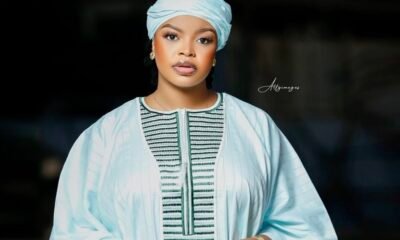News
Dagbon bows in majesty to bid farewell to Late Mion Lana
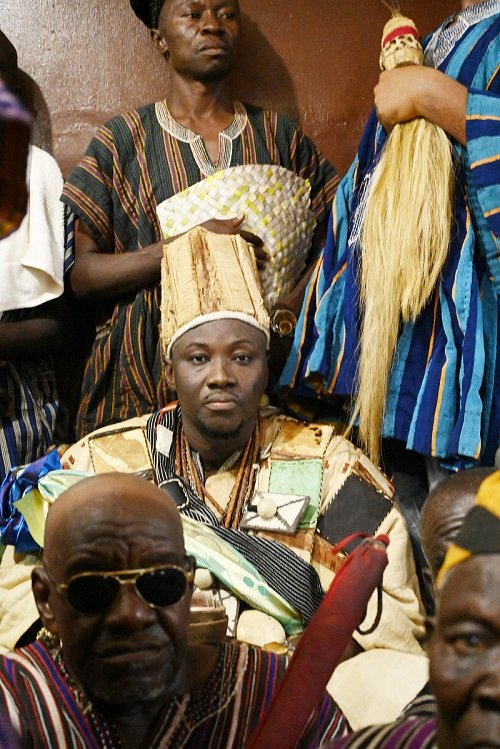
Sambu, the ancestral heartland of the Mion Traditional Area, has become a river of royal memory and cultural splendor as Dagbon bids farewell to one of its most revered sons, the late Mion Lana, Nyab Abdulai Mahamudu, in a grand spectacle of tradition, reverence, and unity.
For a week now, the town has pulsed with a sacred rhythm resounding with ancestral drumming, soul-stirring dirges, ceremonial dances, and the thunderous salute of muskets.
The air is thick with incense and history, as Dagbon’s ancient customs unfurl in a symphony of grief and grandeur.


At the centre of it all stands the enduring spirit of the Mion Lana “The Peacemaker of Dagbon” whose final funeral rite, culminated in a historic durbar, drawing chiefs, royals, politicians, and mourners.
All have gathered in Sambu not merely to mourn, but to celebrate a life that bridged tradition and transformation.
Nyab Abdulai Mahamudu was enskinned as Bolin-Lana at the tender age of 14, following the death of his father, the late Ya-Na Mahamadu IV.
For over three decades, he waited in the wings of tradition, observing sacred protocols and enduring royal seclusion until March 3, 2019, when he was enskinned as Mion Lana, one of the most powerful positions within the Dagbon Kingdom and a direct heir to the revered Ya-Na throne. Yet his reign, though brief, was profoundly impactful.
With a voice firm in wisdom and a heart anchored in peace, the Mion Lana became a cornerstone in healing the fractured legacy of Dagbon’s past.
In 2019, his public endorsement of Ya-Na Abukari II symbolised the dawn of a new era—one of reconciliation, renewal, and shared destiny.
He was more than a royal figure; he was a visionary. Under his leadership, the Mion Traditional Area witnessed a surge in youth engagement, education reform, and community development.
His “Back to School” campaigns reignited hope for thousands of young people. Through partnerships with organisations like the Ghana National Petroleum Corporation (GNPC), he oversaw the construction of new classroom blocks and championed the drilling of over 15 mechanised boreholes, bringing clean water to remote communities.



In every action, the Mion Lana embodied a rare fusion of tradition and progress of ancient authority and modern compassion.
The final rites spearheaded by the elders of the Abudu Royal Gate and the Mion Traditional Council are as much a cultural renewal as they are a farewell.
From Geoffrey Buta, Sambu
News
‘Thousands of Ghanaian women suffering from Obstetric Fistula’
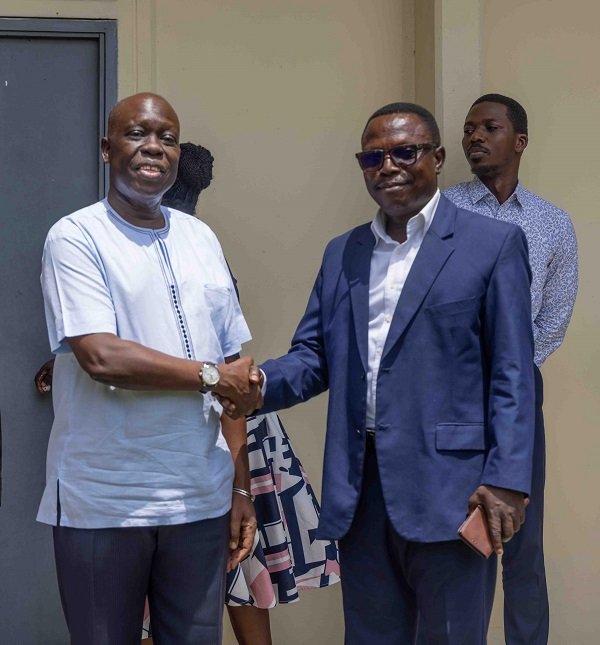
Thousands of Ghanaian women continue to suffer in silence from Obstetric Fistula (OF) due to inadequate access to surgical treatment, the United Nations Population Fund (UNFPA) has revealed.
Dr Wilfred Ochan, UNFPA’s Country Representative, disclosed that over the past decade, Ghana has accumulated a backlog of more than 12,000 untreated cases, despite recording an estimated 1,300 new cases each year.
He made the remarks during a visit to the New Times Corporation (NTC) in Accra to mark the International Day to End Obstetric Fistula (IDEOF).
“Only 1,000 repairs have been done in 10 years. That leaves thousands of women isolated, in pain, and excluded from society due to a condition that is both preventable and treatable,” Dr Ochan said.
He stressed the need for greater investment in surgical capacity, public awareness, and partnership, especially with the private sector— to accelerate Ghana’s efforts to eliminate the condition by 2030.
Obstetric Fistula results from prolonged or obstructed labour without timely medical care, causing a hole between the birth canal and bladder or rectum, leading to continuous leakage of urine or faeces. The consequences include stigma, chronic incontinence, and often, the death of the baby.
To help close the treatment gap, the UNFPA is working with health institutions including the Komfo Anokye and Cape Coast Teaching hospitals to scale up surgeries and outreach.
“We must not allow women to suffer lifelong trauma for simply trying to give life,” Dr Ochan urged.
The Managing Director, Mr Martin Adu-Owusu, pledged NTC’s support in raising public awareness and promoting maternal health initiatives.
“We are ready to collaborate with you to ensure that maternal deaths and issues affecting women come down to the barest minimum so that together we can achieve the UN goal to eliminating Obstetric Fistula by 2030,” he said
By Esinam Jemima Esinam
News
Inflated prices of Abaya, Jalabiya on Eid-al-Adha celebration
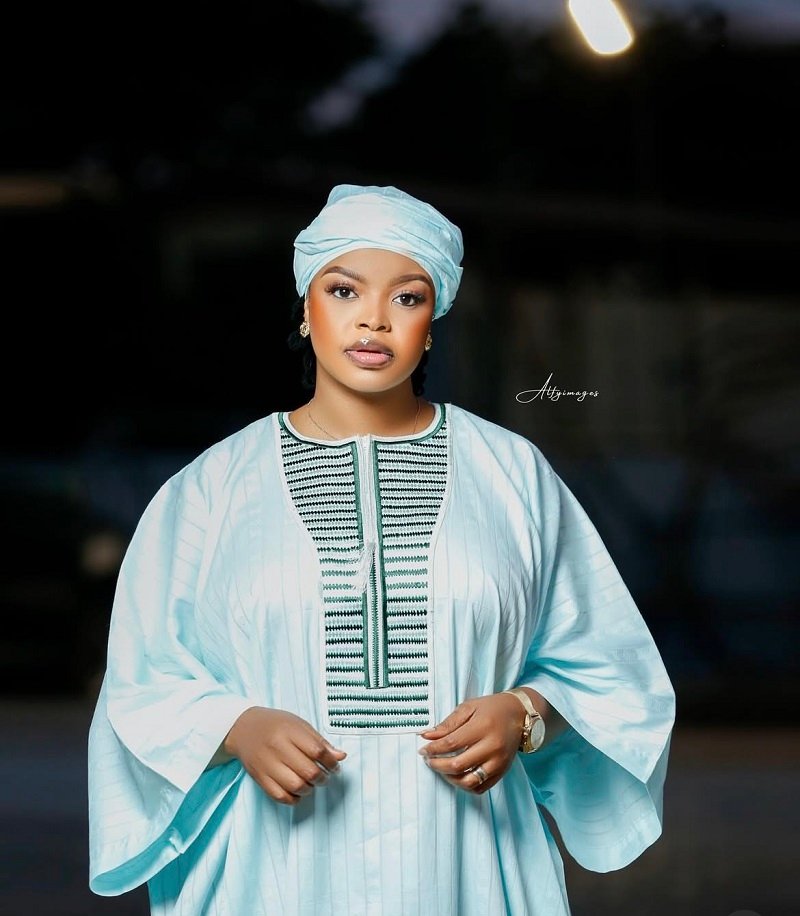
Muslims in Ghana and all over the world yesterday observed the Eid-al-Adha celebration.
It falls on the first day of Shawwal, the 10th month of the Islamic calendar and is celebrated by Muslims to mark the end of the month-long dawn-to-dusk fasting of Ramadan.
The build up to yesterday’s edition was characterised by a high demand for traditional Islamic attire here in Tamale, leading to a sharp rise in prices.
Checks by The Spectator from the various markets in the Tamale area revealed that prices for popular outfits like the Abaya, Jalabiya, and Kaftan have skyrocketed within the period.
Although there is no prescribed outfit for the celebration, many Muslims in Tamale traditionally choose modest and loose-fitting garments that reflect Islamic values.
Abayas and Jalabiyas often imported from Turkey, Dubai, Egypt, and Northern Nigeria have become particularly the most sought-after attires, resulting in the price hikes.
Currently, prices for men’s attire range from GH₵250 to GH₵800 while women’s outfits are selling from GH₵350 to GH₵1000.
Children’s garments are also not left out of the pricing craze. Bargaining for the youngsters starts from GH₵150.
Hajia Naila Abdul Karim, owner of ‘Cover with Style,’ confirmed a significant surge in sales in the holy month.
“Each day, more than 20 people, mostly women walk into the shop. We also send over 40 parcels daily to customers across the country,” she stated.
She attributed the price increases to the cedi’s depreciation and a recent shortage of Turkish imports, noting that most of her stock now comes from Dubai.
Hamdia Kamil, a loyal customer, shared her experience: “Two years ago, I bought an Abaya for GH₵350. This year, it’s GH₵650. I had no choice because it’s a special occasion and I want to feel good. Still, I hope the dresses are made affordable so others can also celebrate in style.”
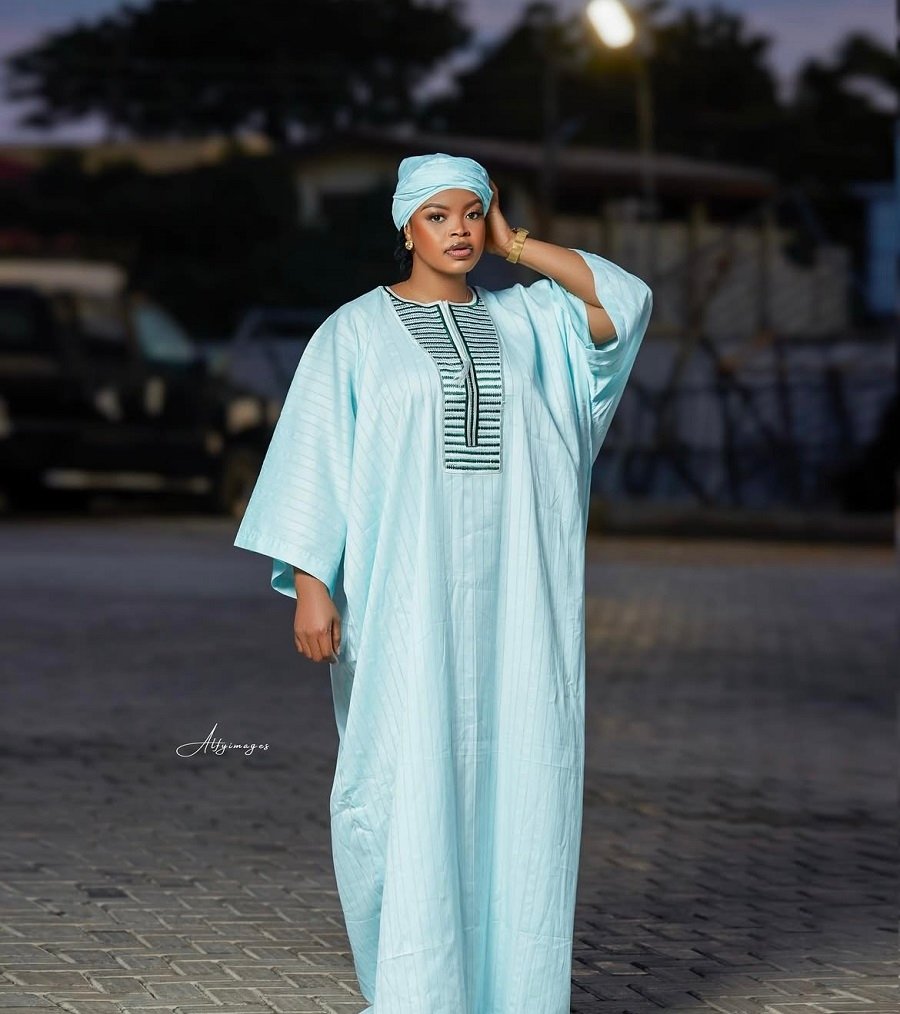
At Baby Last Closet in Sakasaka, another fashion outlet, prices for women’s outfits range from GH₵350 to GH₵1,300, while men’s attire goes from GH₵250 to GH₵1,000.
“Some customers complain about the cost, but because it’s Ramadan, many still go ahead and buy,” said the shop owner.
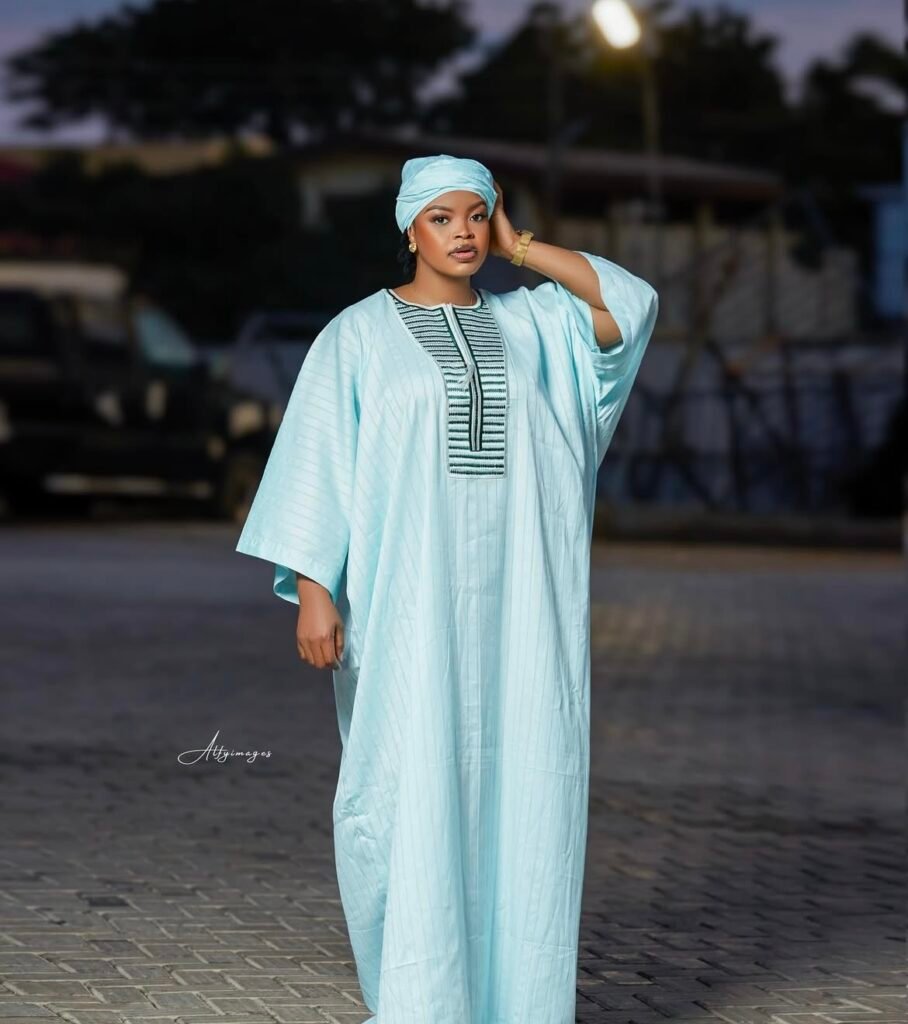

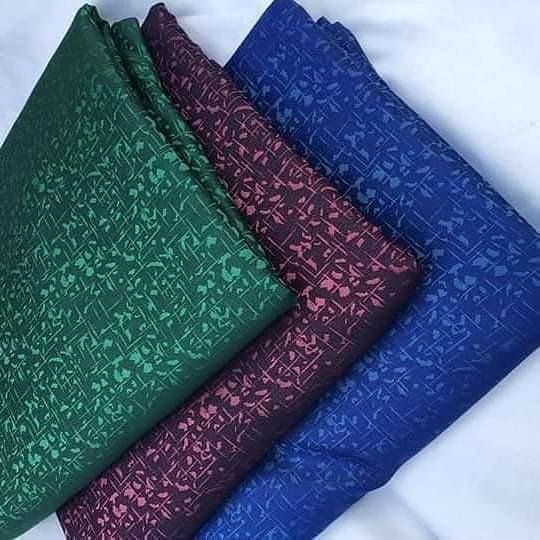
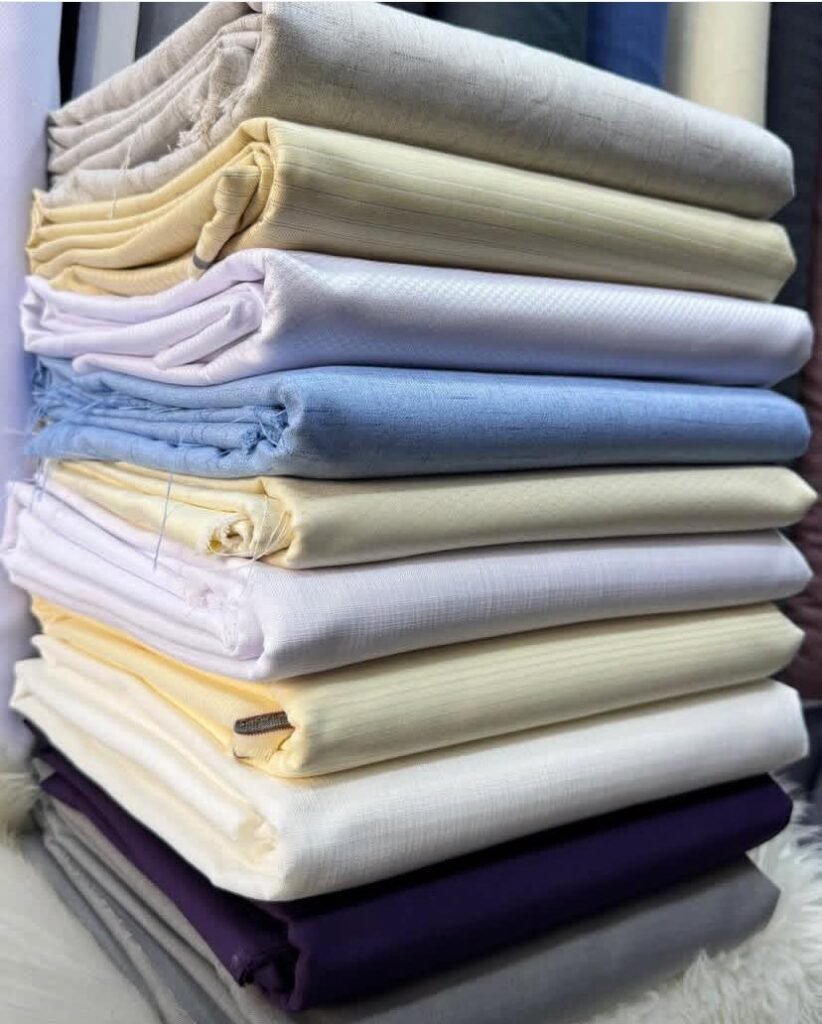

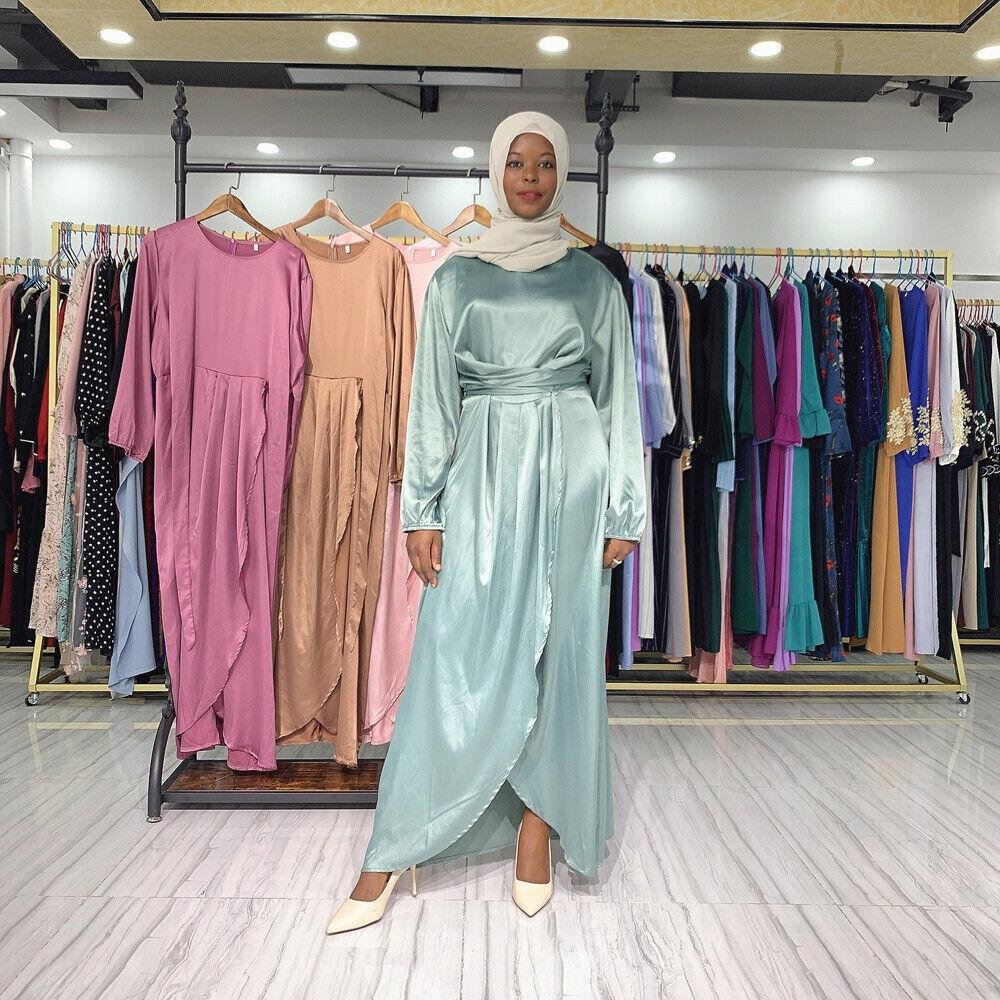
Similarly, Mandy’s Haven at Zogbeli sells exclusively for Eid celebrations, dealing in high-end Abayas, Jalabiyas, and Kaftan materials. Prices there reflect quality and origin, with female attire ranging from GH₵450 to GH₵5,000, and kaftan fabric sold at GH₵200 per yard.
For many, including resident Iddrisu Suale, the holy month remains a sacred period despite the economic pressures. “Things are expensive this year, but I still want to make the day special for my children. I plan to get them Abayas and Jalabiyas from Egypt,” he indicated.
Despite the bustling nature of preparation and the high cost of goods, resident expressed optimism of having a good time in observing the deep spiritual significance of the occasion.
Story & photos by Paul Dery




